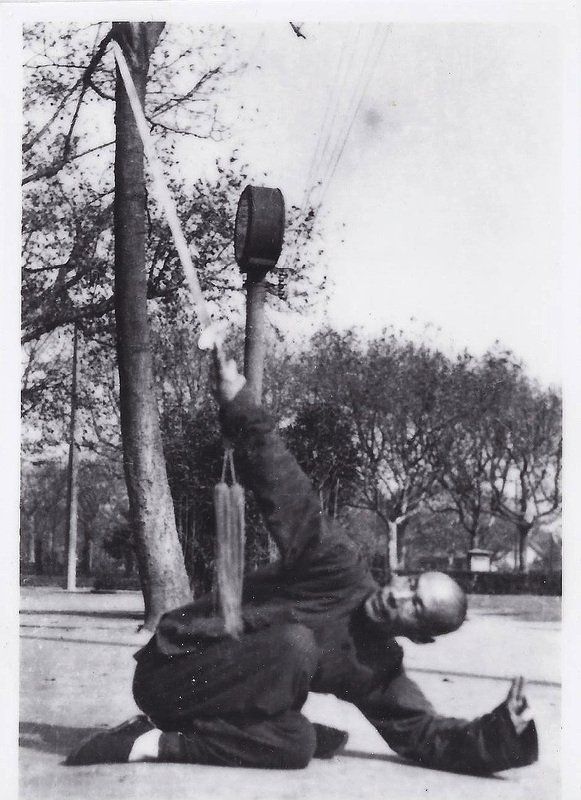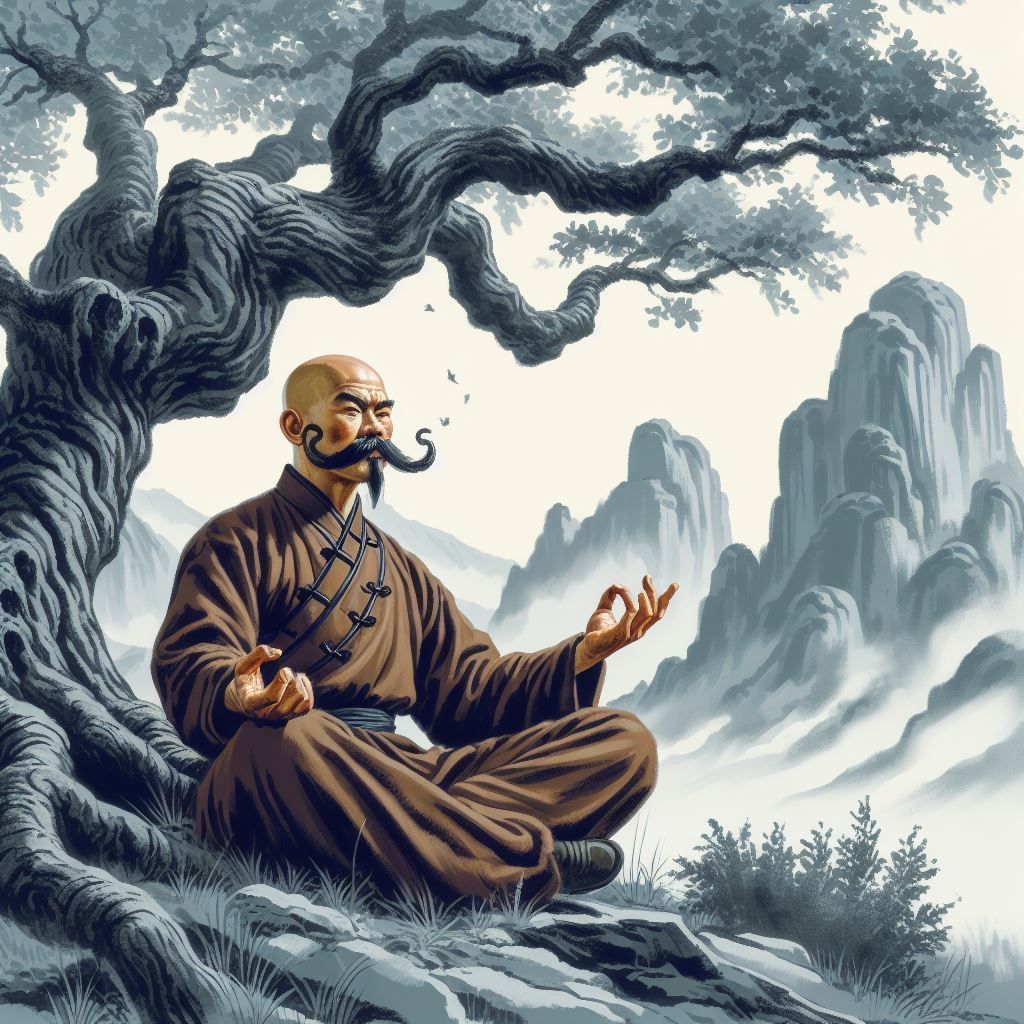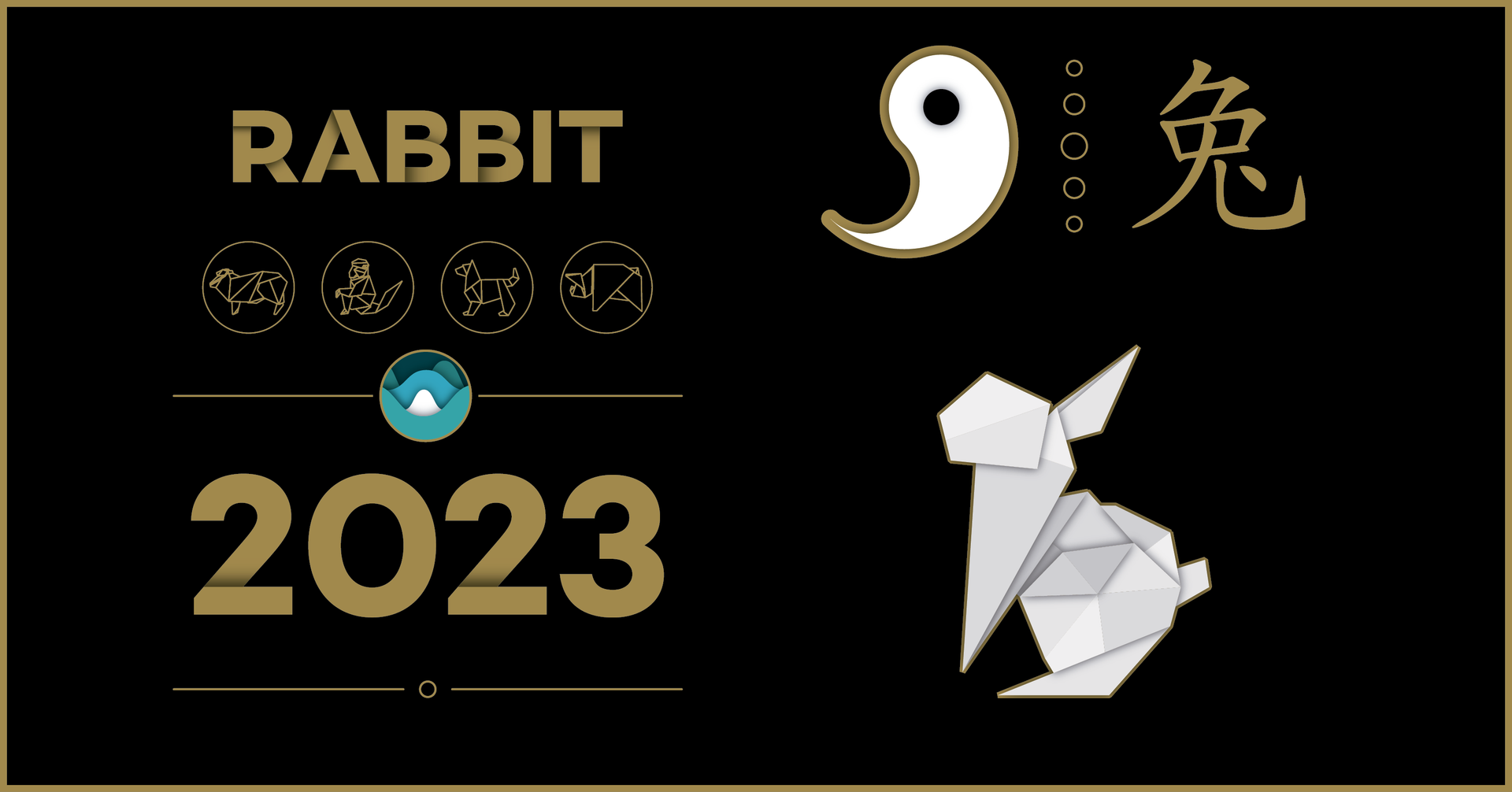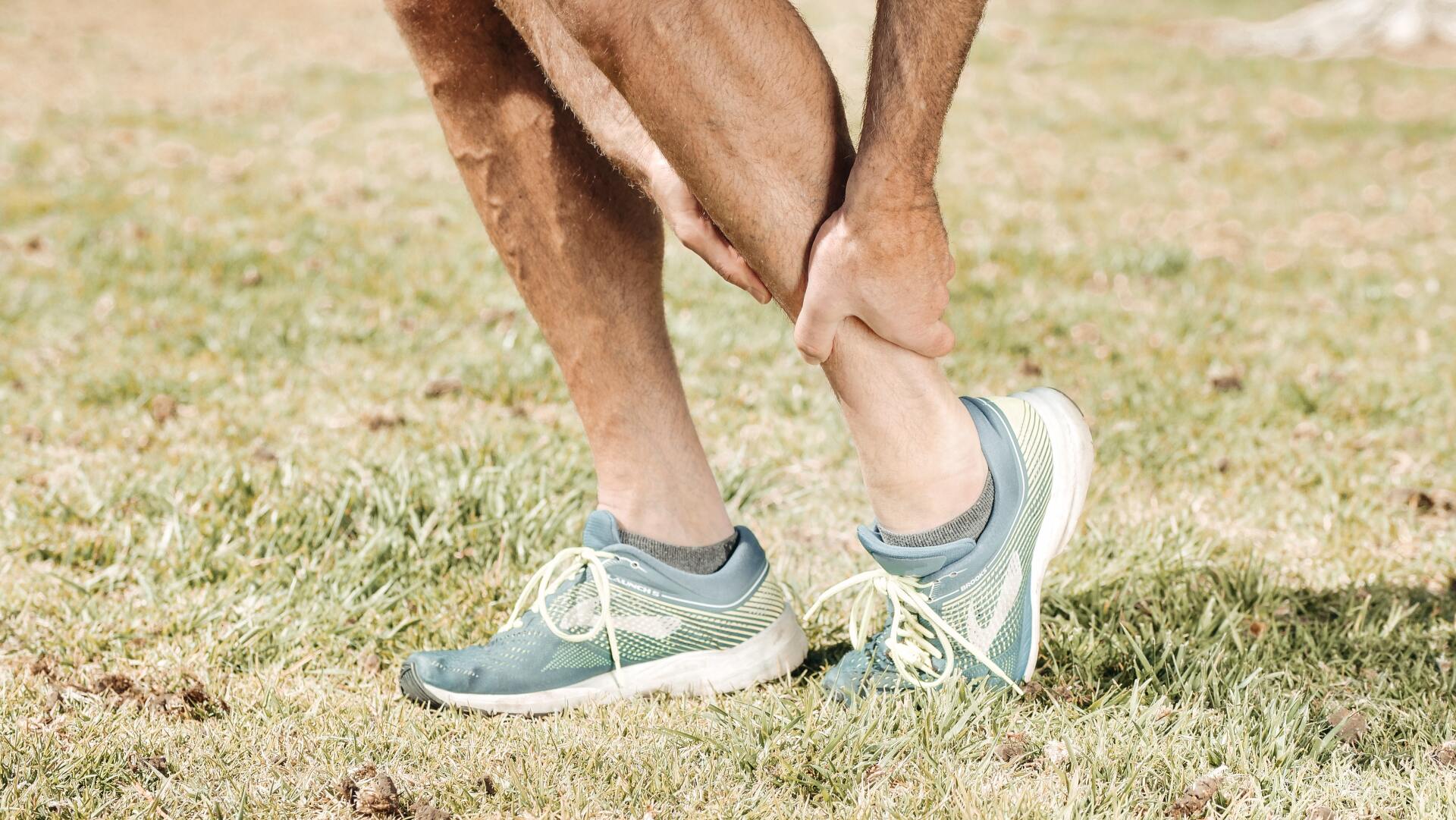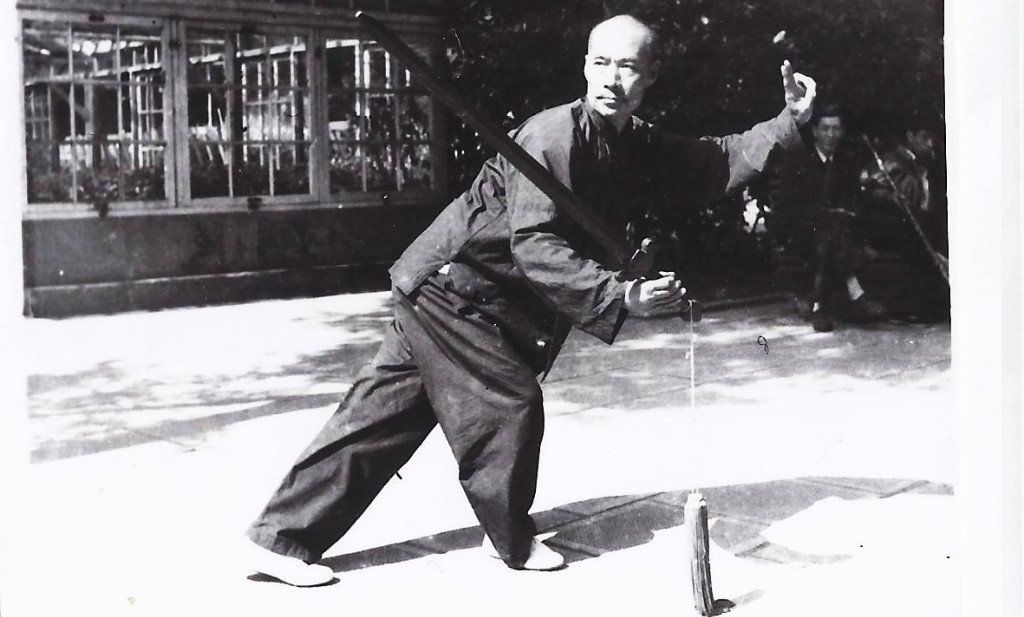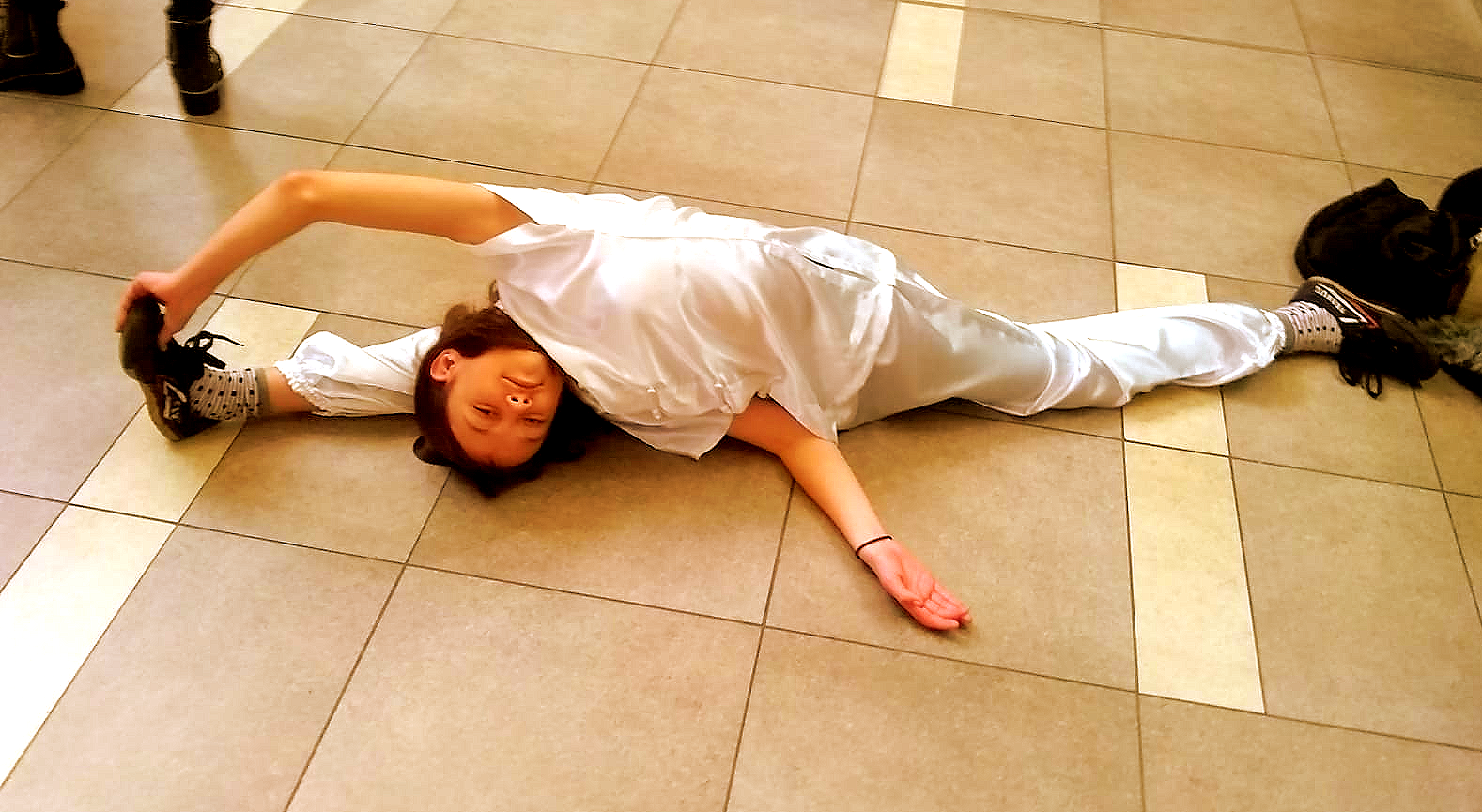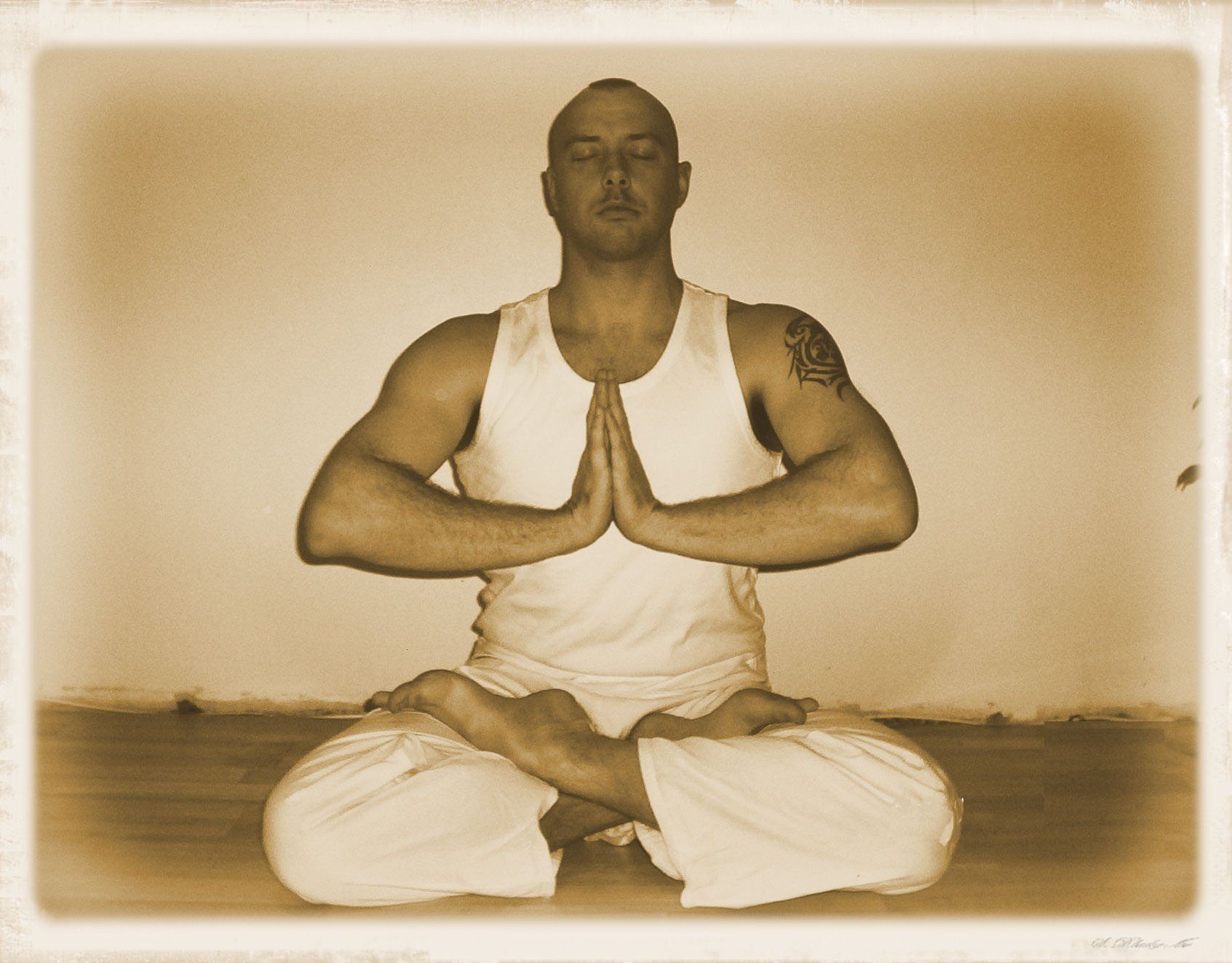March newsletter
March newsletter
Hi all, this is the first of our monthly newsletters where I can give you some information on what our students have been training in this month and why.
First a couple of stories… During the 2nd Sino-Japanese War (WWII), my instructors father Lu Zhen Duo was riding his bike through the streets of the Japanese occupied Shanghai when he was spotted by a Japanese truck full of soldiers, Lu was known as a martial artist by the Japanese and so they decided to run him over. Lu was taken by surprise and rammed by the truck, he immediately went into a roll, coming up ready to fight. His bike was wrecked but he was unscathed and the Japanese soldiers carried on their way disappointed.
The second story is from a national Koushu (national art) competition 20 years ago. After such events the masters get together to eat, drink and talk about old times. On this occasion they were in a first story room above the entrance to the building and one of the masters, a 70 year old man was sitting on the seal of an open window. When a joke was told he laughed so hard that he fell backwards out of the window. Panicking everyone ran down the stairs to see how badly he was injured to find him smiling and walking up the stairs as if nothing had happened. On falling he had relaxed and gone into a roll and didn’t seem any the worse for ware after a 20 foot fall.
So what do these two stories have in common? Tumbling and rolling. Did you know that in bare-hand conflict 90% of deaths are from a person hitting their head on the ground rather than from a punch or kick? This is why we tumble and roll in our system, not so we can roll and attack someone, but so that we are so comfortable on the ground that we relax and immediately go into a roll. So be prepared for more tumbling… maybe not in Tai Chi... although I am tempted :D.
Did you know?
When your body moves your brain grooves, if you want to be brainier and pass an exam participate in physical activities that involve complex movements. There are numerous studies looking at the link between sports and it’s affect on the brain. These studies have found that people participating in sports have larger and more active hippocampus regions of the brain, which are associated with learning and emotions. Not only this the regions that control thinking and memory, the prefrontal cortex and medial temporal cortex, are often larger in people that exercise and the more complex the movements the greater the benefit. Which is why activities such as dancing and martial arts are promoted for their affects on brain health.
All of this is on top of reducing inflammation, better sleep and reduced stress and anxiety.
So how does this work… quite simply our brains were designed to move our bodies (a bit like the computer-chip moving the machinery) and the cognitive demands required to perform complex physical tasks creates neurogenesis (new braincells) and neuroplasticity (new connections) and the harder the brain has to work with the body to perform the movements the greater the benefit.
So if you look at what I’m doing in class and think, nope didn’t get that, or quickly forget the movement when left to practice it on your own (believe me you’re not alone in that) you are actually getting brainier.
What we have been doing this month.
4-6 years martial arts
- Well done to everyone that moved onto their next level, keep up the good work.
- We have been using our 7 – 11 – 7 memory trick when using the nunchucks, the trick works by associating one thing with another and makes it easier for our brain to recall the information.
- Ducking, both deep squats to build stronger legs and small quick ducks for better speed and co-ordination.
- We still have our splits competition running, no winners yet in the 4-6’s, keep trying.
- We have been using reverse stretching (bending the knees and then straightening them, this tends to remove the use of the back muscles when stretching the hamstrings) to improve the hamstring flexibility.
- Basic sword work, block and counter. Not only is this a safe way to develop attack and defence co-ordination it also gets our students used to having something move at them with speed and calmly react to it. They are getting used to physical conflict without knowing it.
7-13 years martial arts
- Well done to Denis for being the first to get the prize for beating me to the splits, some of you are close keep pushing.
- We are working through the first section of Mizong Kao (secret sect lean). This form teaches the students to use their whole body to hit with more power.
- Using the names of the moves as memory training (association) to help remember the sequence.
- Using a side step and turning the waist into the kicks to deliver more power.
- Ditang quan (ground boxing, or Hou quan, dog boxing), leg wrapping and entangling techniques.
- Side step and chop to an arm lock, we are developing combinations and counter moves.
Adults 14+ martial arts
- 9 step joint lock flow, so that you can flow into another direction when confronted with resistance.
- Elbow combinations, spinning back-fist and turning elbow, for that surprise in grappling range.
- Turning side kick, hook kick, turning hook kick, turning moves aren’t used often but give you options when caught off balance.
- The Mizong Kao and Tao hua san forms are now finished, a bit of polishing before we move onto the next forms.
Tai Chi
- We’ve been doing some new exercises to help practice moving from the centre, spiralling up and down, getting to grips with using the body as a single unit.
- Working through the first section of the 13 step Tai Chi sword form 2, this allows us to study balance and control in more extreme ranges.
- Memory tricks using the body parts, who remembers the first sequence?
- Without writing it down read this list and try to repeat it in your head in number order.
1. Avocado
2. blueberries
3. Broccoli
4. Coconut oil
5. Egg
6. Leafy green veg
7. Oily fish
8. Turmeric
9. Walnuts
10. Dark chocolate
These are all brain foods.
Next you align them with parts of the body to help remember them. But you need to use your senses and visualisation. So Avocado will be number 1 which is the top of the head. You can visualise squishing it over your head, imagine the feeling, smell etc. The more outrageous and real you make the visualisation the better. So here they are with some visualisation ideas, do this list then try to remember them in order again…
1. Top of head = Avocado
2. Nose = blueberries - coming out of your nose
3. Mouth = broccoli - taste spitting them out
4. Ears = coconut oil - flowing out of ears
5. Throat = Egg - stuck in throat
6. Shoulders = Leafy greens - shoulder pads
7. Collarbone = Oily fish - salmon necklace
8. Fingers = turmeric - yellow fingers
9. Belly button = walnuts - shooting out of belly
10. Bottom = Dark chocolate - nothing too gross 😂
Now see how many you remember.
What I’m learning/ reading at the moment
Martial arts isn’t just about kicking and punching (although that is a fun part of it), it’s a tool to help us learn and evolve. It’s important for me to be constantly learning and training so that I can teach more effectively. This is what I’ve been working on this month.
Training
Chinese sword sparring seminar
Tai Chi push hands seminar
Courses
Jim kwik – speed reading
Jim kwik – super brain
Books
Skilled success (how to learn anything)
Mind bending beliefs (the science of consciousness)
Dates to remember
Tuesday June 21st the hall is being used so classes on this day will move to Friday June 24th. Or you can use one of our other days if you prefer. Our summer shutdown August 1st – August 14th although a part of our monthly fee you can make these classes up before and after August. I’m also working on a plan to keep the classes open



